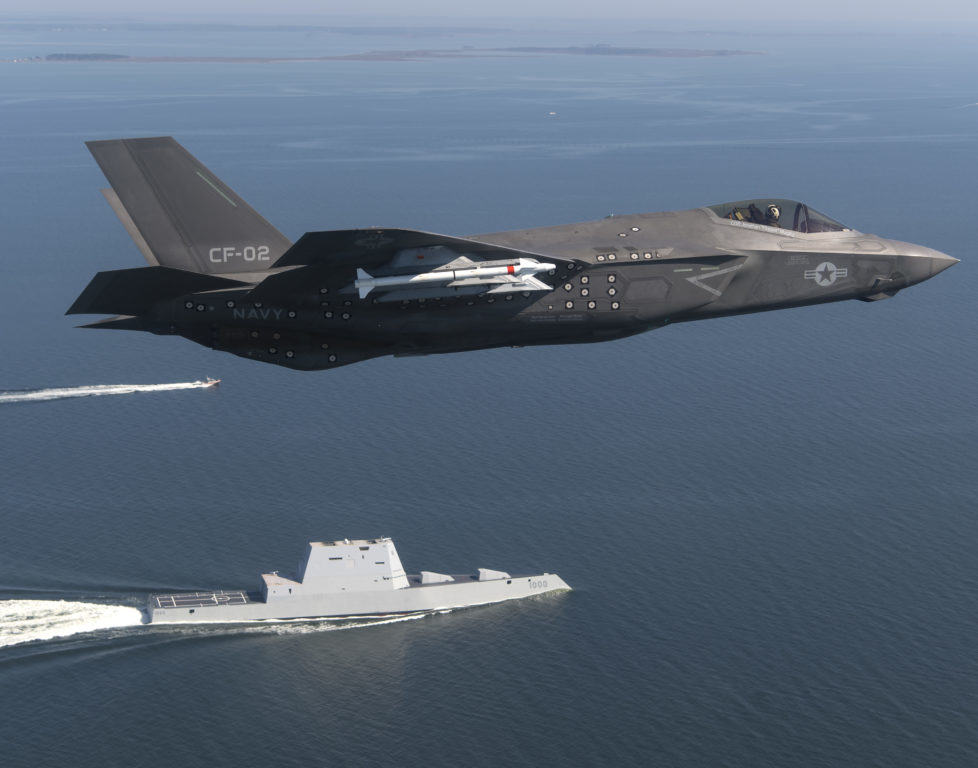The F/A-18E/F Super Hornet has been the backbone of the US Navy’s carrier air wings for just over a decade, following the retirement of the legendary F-14 Tomcat. Reliable, versatile and thoroughly adaptable, the Super Hornet is everything the Navy hoped for in a multirole fighter and more.
But its age is starting to show quickly, especially thanks to increasing deployment rates due to a need to fill in for unavailable older “legacy” Hornets being put through service life extension programs. This has resulted in more wear and tear on these big fighters than the Navy originally projected.

So to keep its fighter fleet relevant and as sharp as ever, the Navy has finally decided to give the go-ahead on picking up brand new Super Hornets from Boeing’s St. Louis, MO plant, while simultaneously upgrading older Super Hornets currently serving. However, these new fighters will come with a few new features that their predecessors don’t have, making them even more potent than ever before in the hands of the Navy’s best and brightest.
While Boeing previously pushed the Navy to consider buying a smaller amount of F-35C Lightning II stealth strike fighters in favor of more F/A-18E/Fs, the aviation manufacturer’s new plan is to develop a Super Hornet that’s capable of seamlessly integrating with the F-35C, making the combination extremely deadly and a huge asset in the hands of any Navy task force commander while underway.
Though the Super Hornet was originally designed in the 1990s to be able to fly against comparable 4th generation fighters, this new update, known as the Advanced Super Hornet or the Block III upgrade, will keep this aircraft relevant against even modern foreign 5th generation fighters today.

Boeing has hinted at the Block III upgrade for the past few years, pitching it constantly with mixed results. Earlier this week, Navy brass confirmed that a plan to buy 80 more Super Hornets was in the works, fleshed out over the next five years.
These new fighters will likely be the first to carry the Block III upgrade, while older Super Hornets will enter overhaul depots between 2019 and 2022, returning to the fleet upon completion of their updating.
Among the most drastic changes these new Super Hornets will come with, as compared to the ones the Navy currently flies, is a completely revamped cockpit, similar to the one used in the F-35. Instead of smaller screens, a jumble of buttons, switches and instrument clusters, Advanced Super Hornets will have a “large-area display” which pulls up every bit of critical information each pilot needs to successfully operate the aircraft onto one big screen, reducing workload and strain.
Additionally, a new networking system will allow Advanced Super Hornets to communicate data more efficiently with Lightning IIs, EA-18 Growler electronic attack jets, and E-2D Advanced Hawkeye airborne early warning aircraft.

It’s likely that the Advanced Super Hornet will include some kind of stealth coating, painted on the surfaces of the aircraft to absorb or deflect radar waves. (Photo from Boeing)
Block III will also include new infrared search and track (IRST) sensors that’ll allow Super Hornets to detect and engage low-observable threats from longer distances. Given that stealth has become an important factor in modern fighter design, it’s likely that the Block III update will also include some kind of stealth coating, painted on the surfaces of the aircraft to absorb or deflect radar waves. The US Air Force and Marine Corps already use similar coatings on F-22 Raptors, F-35s, and select groups of F-16 Fighting Falcons.
The upgrade will also give Super Hornets the ability to fly with Conformal Fuel Tanks (CFT) for the very first time, providing an extension in operating range without sacrificing space on weapons pylons beneath the aircraft’s wings. With more flexibility in terms of weapons carriage, the Navy hopes that Super Hornets will not only be able to fly air superiority missions, but will also function as a flying arsenal for F-35s, which (through data links) could launch and deploy munitions from F/A-18E/Fs while on mission.
The program cost for upgrading currently-active Super Hornets will be around $265.9 million, between 2018 and 2022, while the cost of the 80-strong order for new Super Hornets will come to around $7.1 billion. This massive upgrade also signals the Navy’s interest in investing more into assets it currently fields over developing brand new next-generation fighters as broader replacements, generally to save costs while still maintaining the ability to deal with a variety of potential threats America’s enemies pose today.


